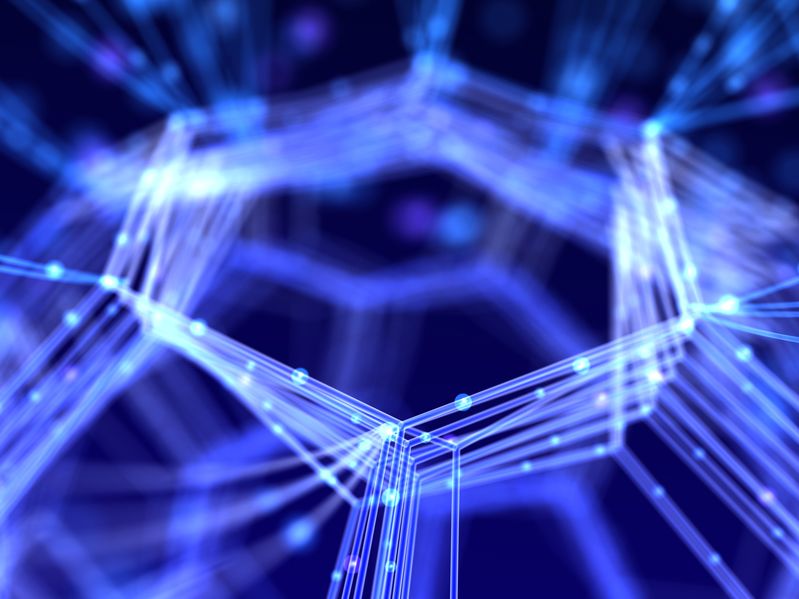Is Nanotechnology Being Introduced to Food Packaging?

Technology as a whole continues to improve at an exponential rate, and the food industry has been affected just as much as any other. In fact, nanotechnology is a key area of focus, and for good reason – it could prevent a significant amount of waste and extend the life of packaged foods by a great deal. Is nanotechnology already part of food packaging? If not, what can consumers and food product manufacturers expect in the future?
Post-Harvest Food Loss and Waste
The FAO, or Food and Agriculture Organization, is a group comprised by the United Nations that focuses on ensuring food for the world both now and in the future. Recently, it released a report focusing on the amount of food loss and waste occurring on a global scale, and the results were mind-blowing to say the least. The FAO reported that roughly 30% of all cereals like oats, 40% to 50% of root crops like potatoes and onions, 20% of meat and dairy products, and 35% of fish being harvested around the world never makes it to a consumer’s plate.
Why Is Food Going to Waste?
Much of the waste that occurs around the world occurs because consumers simply cannot consume all the food they purchase before it goes bad. Though many people can go to the market and pick out fresh foods daily, this is actually a luxury, and one that many people simply cannot afford. Those who shop once per week or once every few weeks often buy goods that they attempt to stretch only to find their vegetables, meats, and dairy products don’t last and are unfit for consumption prior to their next trip to market. Despite preservatives, our current methods do not keep food fresh enough long enough for most consumers on a global scale.
What Preservatives Should Do
Though some preservatives are 100% natural and do a great job with some foods, other preservatives have been linked to some serious health issues, and a few are even linked to cancer. Preservatives are food additives that extend the life of food, and while many do just that, there are other benefits to consider, as well. Today’s preservatives control how quickly foods ripen, prolonging the period of time between harvesting and rotting. Ideally, preservatives should also have some antimicrobial properties, and they should not be added all at once to a food. Rather, they should be added to foods as needed to minimize human exposure.
Preservative Packaging and Nanotechnology
A group of nanotechnology researchers out of India recently published a new type of preservative in ACS Applied Materials & Interfaces, and it could be the first step in solving the global waste crisis. Rather than a chemical additive being put in the food prior to packaging, their idea is different: the packaging itself contains the preservatives, and those preservatives are released on demand to the food contained inside. This not only slows ripening a great deal, but per the researchers, the same packaging could theoretically be reused and still provide ample protection. Though it is still in its early stages, it has garnered a great deal of attention and will likely be one of the first uses of nanotechnology in food.
Nanotechnology has not yet found its way into the global food supply, but there’s little doubt that it will – especially as the world population increases, the acreage for farming decreases, and the struggle to keep everyone fed continues to escalate. The ability to preserve a piece of fruit or a vegetable on demand – as that food needs to be preserved – is groundbreaking, and many food manufacturers are keeping close watch on the outcomes.